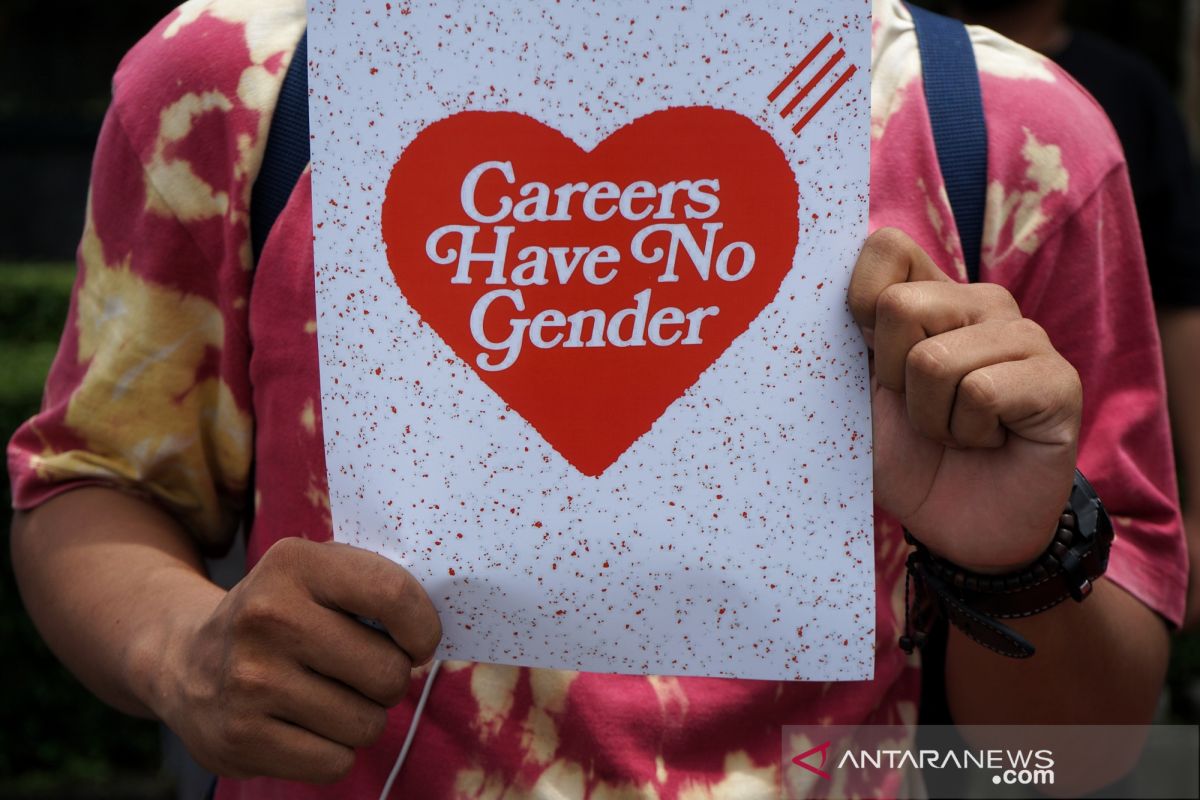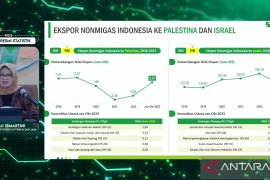The head of the office, Dadang Hardiwan, said that since 2018, Central Java's GII has reduced by 0.019 points, averaging a decrease of 0.005 points per year.
"It indicates that gender inequality is decreasing and equality is improving," Hardiwan said in a statement issued in Semarang on Tuesday.
The decline in GII has been mainly influenced by improvements in the dimensions of reproductive health and the labor market, he added.
The GII is a composite measure reflecting inequality in achievements between women and men in three dimensions: reproductive health, empowerment, and the labor market. The values range from 0 to 1, with 0 meaning that both genders fare equally.
Hardiwan said that while the risks to female reproductive health have increased, some of the measurements in the dimension are improving.
He also noted that the dimension of empowerment has improved partially, with a higher percentage of women aged 25 and above with at least secondary education reporting more equality than men.
The improvement in the dimension of empowerment is also supported by the increasing women's representation in the parliament, reaching 20 percent in 2022, up from 18.33 percent in 2021.
Hardiwan said that the GII values in 22 districts and cities in the province decreased from the previous year.
"The lowest gender inequality was reported by Salatiga City, while the highest was in Klaten District," he added.
Related news: Govt urges people to choose gender-responsive leader
Related news: Women, men can equally contribute to national development: Minister
Translator: Asri Mayang Sari
Editor: Anton Santoso
Copyright © ANTARA 2023












